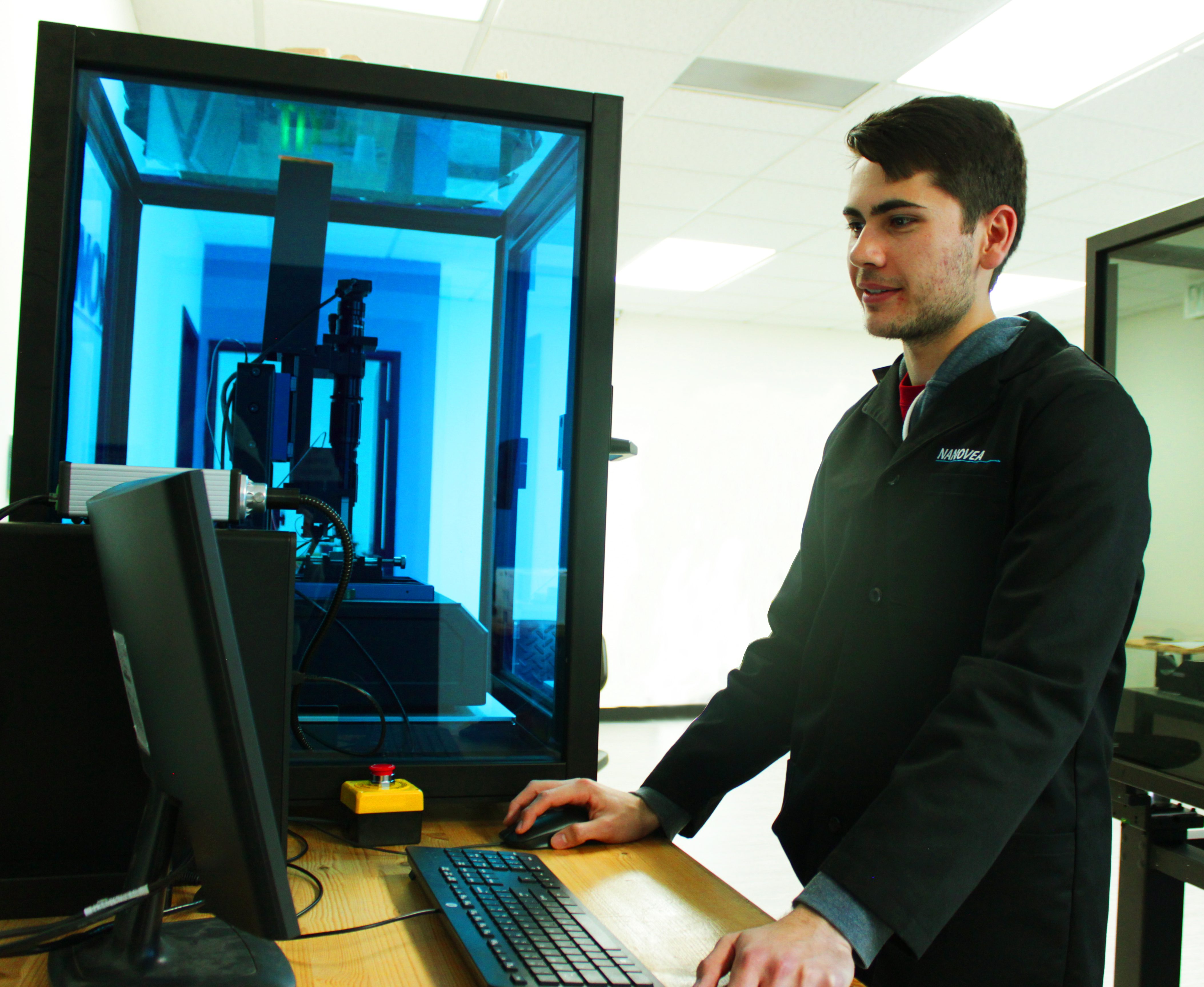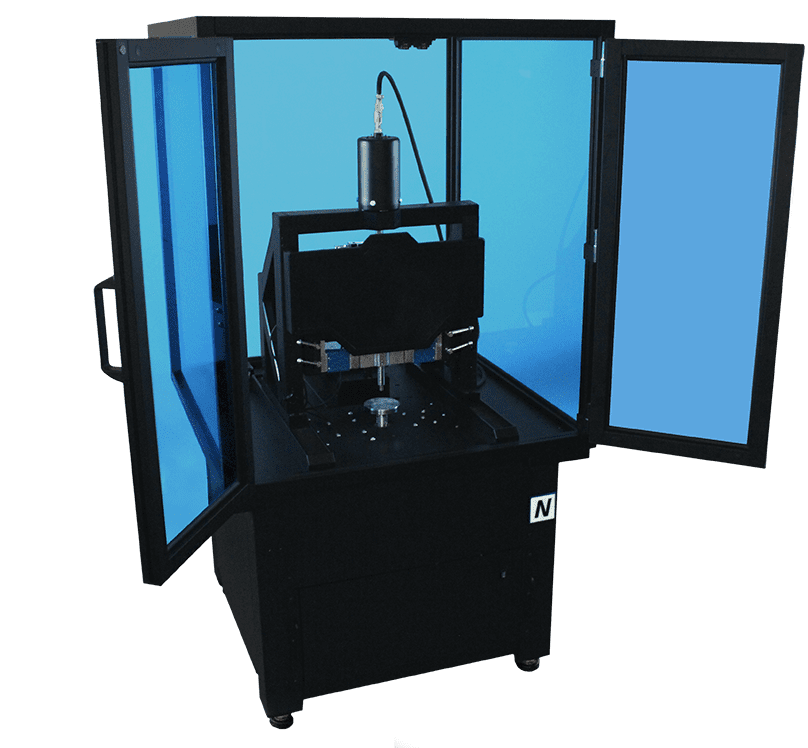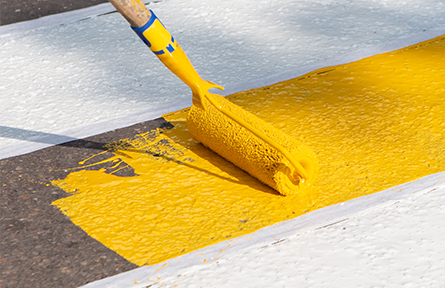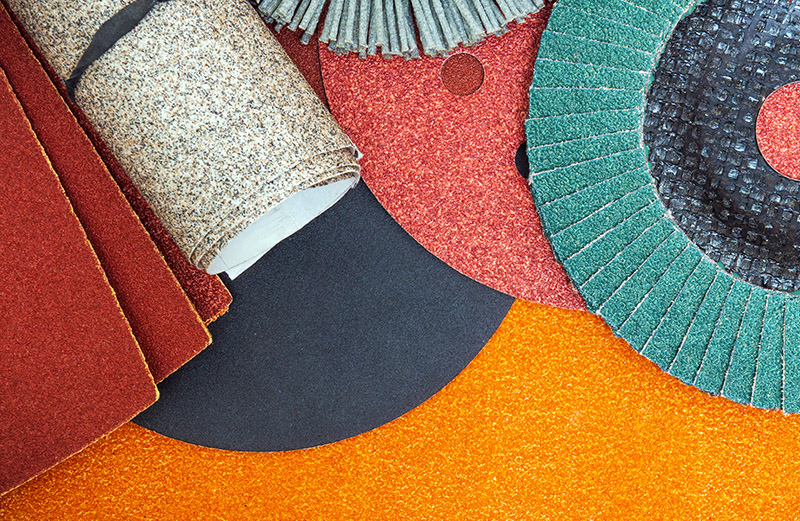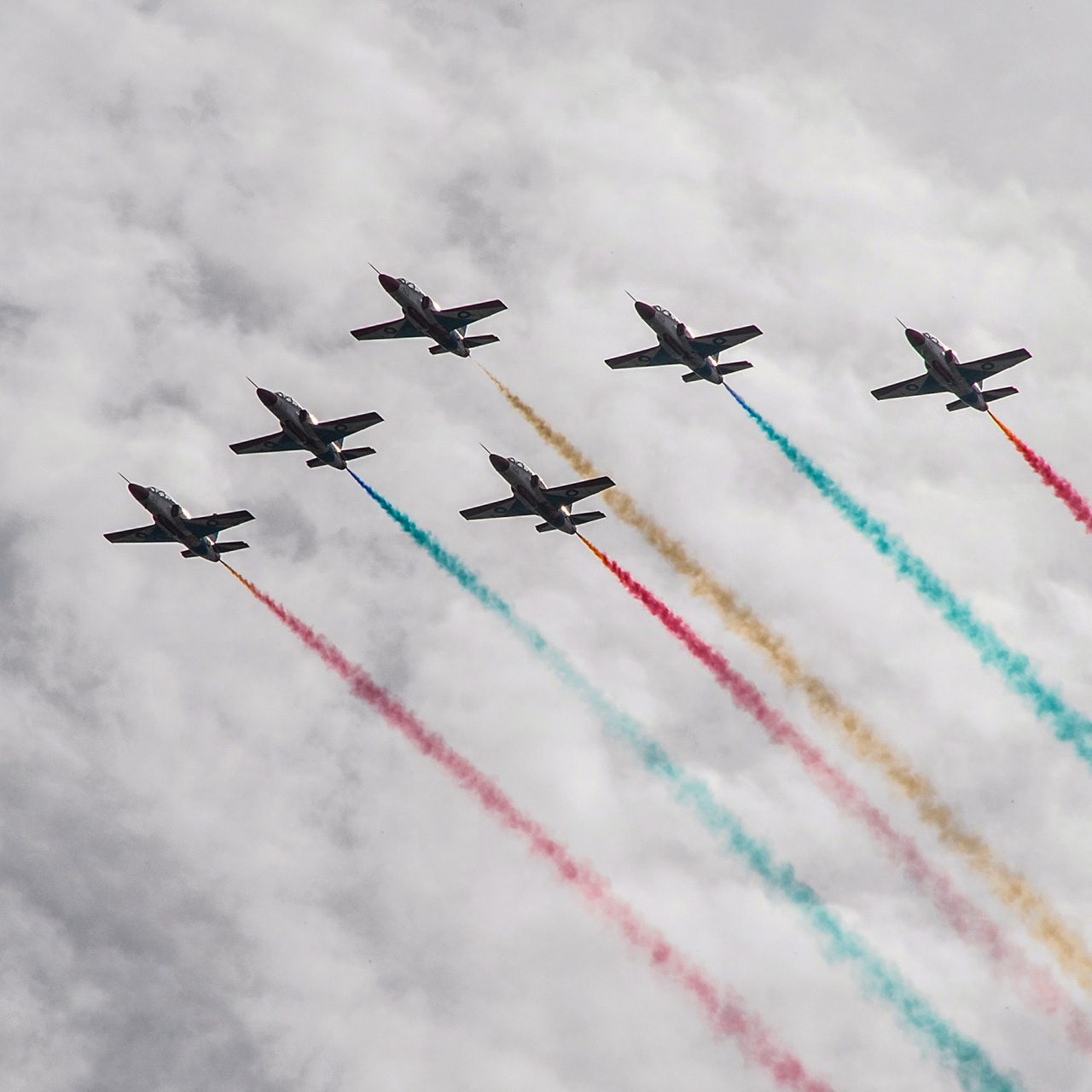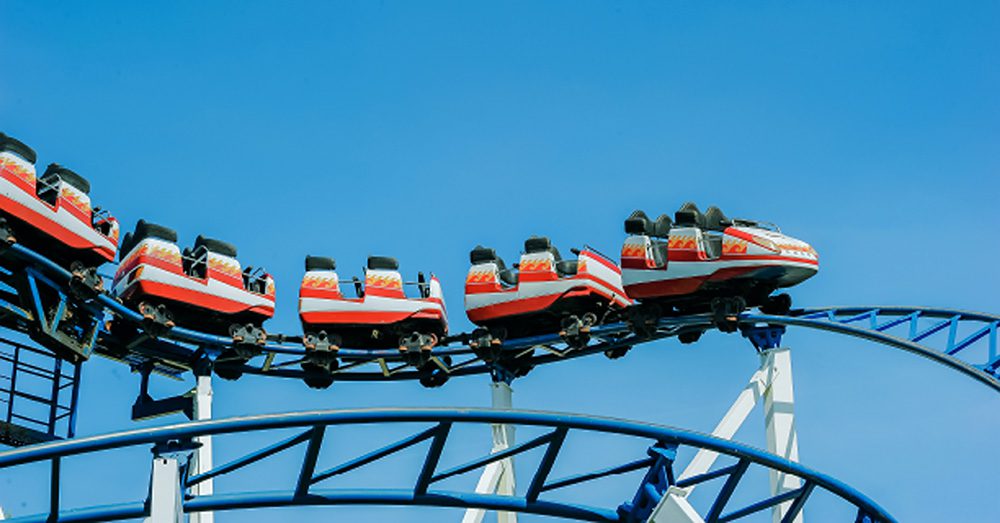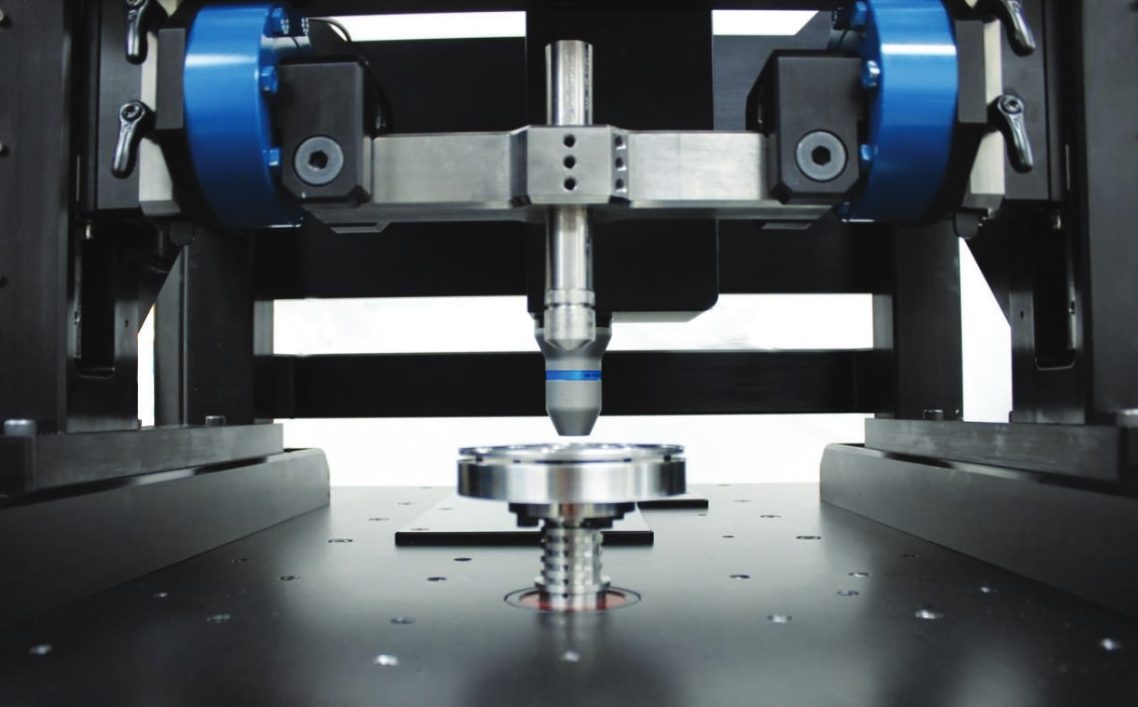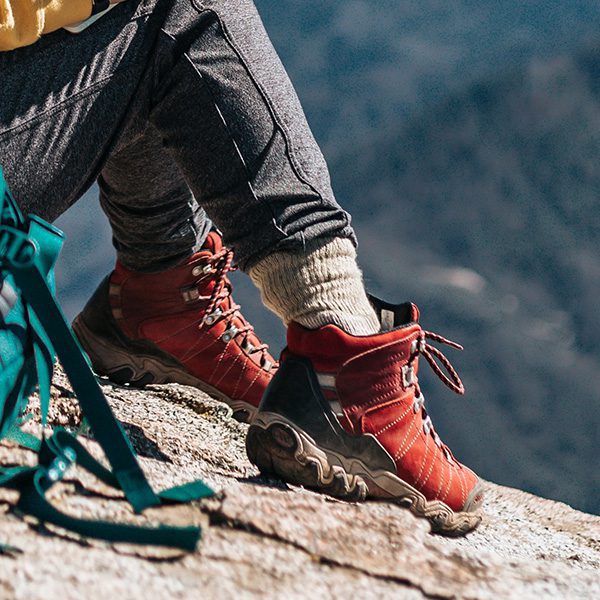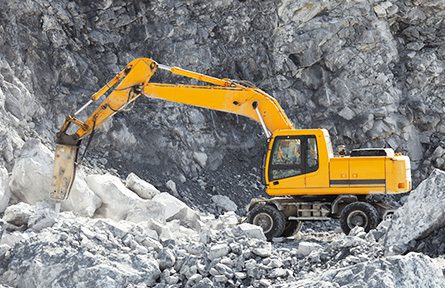
Rotational Module
Previous
Next
Rotational Wear Friction Test reproduces the rotational motion found in many real-world tribology mechanisms.
How does it work?

A pin or ball tip is loaded onto a test sample with precise weight and at a specific position from the center of rotation.
As the sample starts rotating, the tip creates a rotational wear track.
An arc test (back and forth) can also be performed at a specific degree
range.
Extreme Versatility
STANDARDS
- ASTM D3702
- ASTM D2266
- ASTM D4172
- ASTM G132
- ASTM G99
* Instrument parameter limits may differ
from those specified within the standard.
Properties Analyzed
- Friction Coefficient
- Wear Rates
- Failure Points
- Electrical Resistance
- Lubrication Studies
- Friction vs Speed
- Stribeck Curve
- Scratch Hardness
- Static Coefficient of friction
- Friction versus load (T2000)
- Spiral Test at a constant linear speed
- Semi-Linear (back and forth) Wear and Friction at specific angles
- Friction and wear distribution across the lap
SENSORS
- Depth
- Acoustic Emission
- Electrical Resistance
Rotating Lower Sample
- Samples with flat surface for the test
Fixed Upper Sample
- 3, 6, 10 and 25mm ball
- Custom ball sizes
- Custom Pins
- Flat Plate
- Custom geometries
- Diamond, WC, Rubber and many other materials
Environmental Conditions
- Fully Removable 1000°C Oven
- Cooling down to – 150°C
- Liquid Cup & Liquid Heating to 150°C
- Lubrication Drop by Drop
- Humidity Control
- Various Gases
- Vacuum (Custom)
